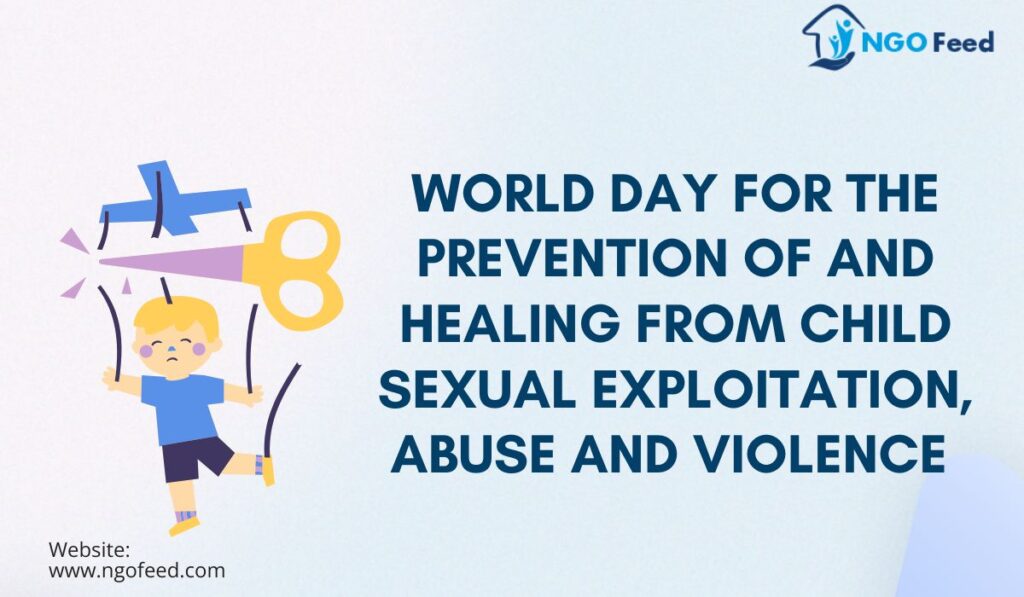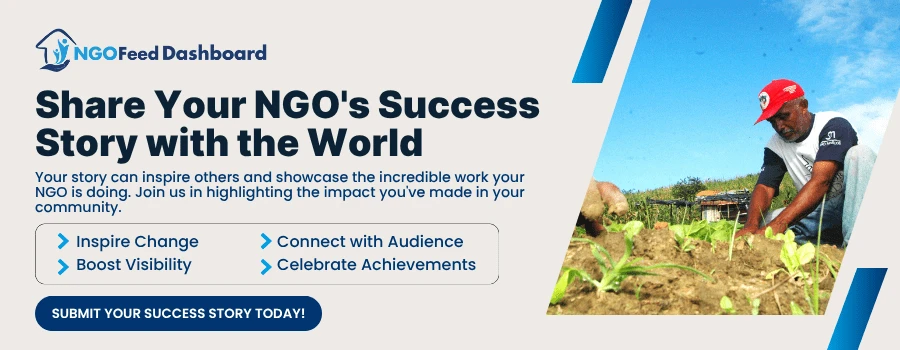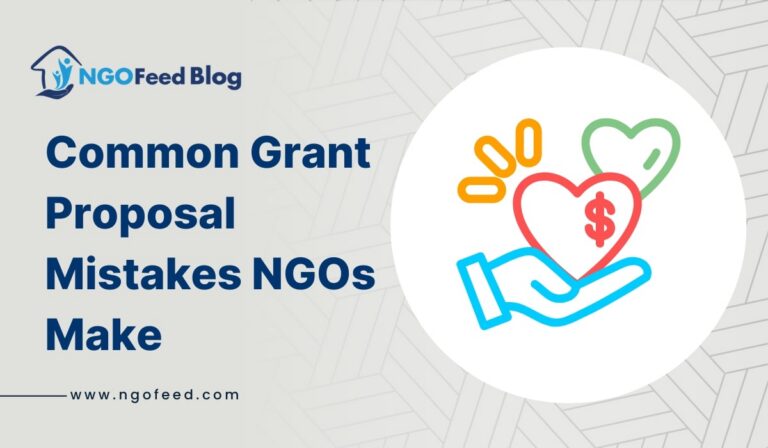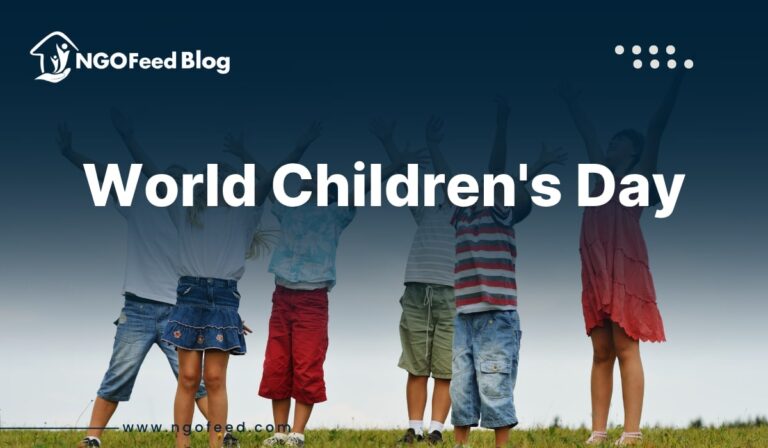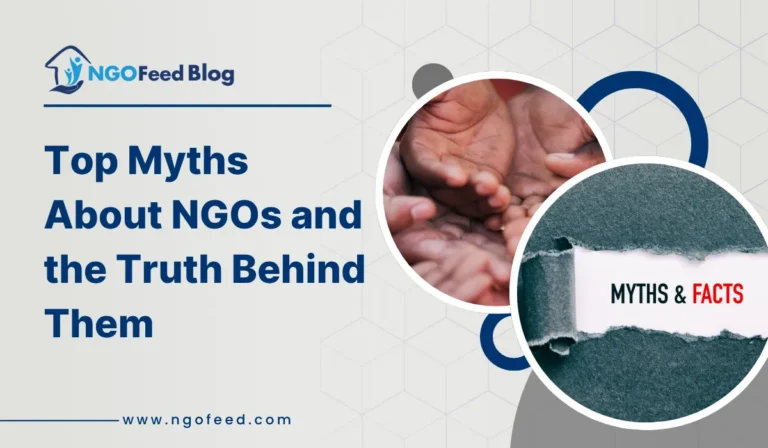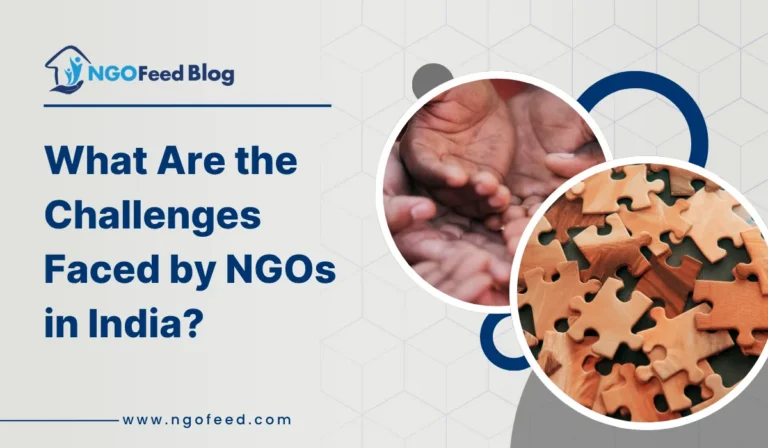World Day for the Prevention of and Healing from Child Sexual Exploitation, Abuse, and Violence is celebrated on 18th November every year. Every year on 18 November, the world observes the World Day for the Prevention of and Healing from Child Sexual Exploitation, Abuse and Violence. This global day recognizes the urgent need to protect children from sexual violence and support the healing of survivors.
For NGOs, educators, caregivers and communities, it’s both a call to action and a reminder of our shared duty, ensuring that every child grows up in safety and dignity.
This is especially the case of children as they are dependent on other people and they cannot identify nor can they report the abuse. This is usually the case because the perpetrator will use force, pressure, or just a mere threat to seclude the victim. Such acts are being done in secret and often go unreported and the victims don’t get any support.
This day is a reminder to take action against Child sexual abuse and take responsibility for the protection and prevention of such acts. This day advocates for the creation of a safe and healthy environment for children globally.
Table of Contents
What is it?
This day, initiated by the United Nations General Assembly (Resolution A/RES/77/8), highlights the global commitment to ending child sexual exploitation, abuse and violence (CSEAV). It’s not only about prevention but also about healing, justice and creating pathways for recovery for millions of survivors.
Historical Overview
The sexual abuse and exploitation of children remain a global problem which are a constraint in the development of a good society. Strengthening the global commitment to the elimination and prevention of all forms of sexual exploitation, abuse, and violence and promoting the rights, well-being, and recovery of victims of sexual exploitation, abuse, and violence, on 7 November 2022 the General Assembly passed A/RES/77/8 to designate the 18th of November of every year as the World Day for the Prevention of and Healing from Child Sexual Exploitation, Abuse and adopted resolution A/RES/77/8, proclaiming 18 November of each year as the World Day for the Prevention of and Healing from Child Sexual Exploitation, Abuse and Violence.
United Nations encourages all its Member States, including other organizations in the United Nations system as well as other International organizations, leaders of the world, faith-based organizations, civil society inclusive of non-governmental organizations, academic institutions, private sectors, and any other stakeholders to observe the world day for prevention for and healing from child sexual exploitation, abuse and violence in whichever way possible. This includes pledges to implement and guarantee quality education as well as fighting for the rights of sexually abused children and preventing child sexual exploitation, abuse, and violence. This is the urge to punish the perpetrators, guarantee the rights and access of survivors and victims to justice, and help the victims heal, assert their worth, and protect their rights.
What is the theme of World Day for the Prevention of and Healing from Child Sexual Exploitation, Abuse, and Violence 2025?
Each year brings a new thematic focus. For instance, the 2025 theme centered on “Emerging technologies: threats and opportunities for the protection of children.”
The 2025 theme is expected to highlight digital safety, survivor empowerment, and evidence-based child-protection policies.
Objectives and Goals
- Prevention: Build systems and awareness to stop sexual exploitation before it occurs.
- Protection: Strengthen institutional frameworks and community vigilance.
- Healing & Justice: Ensure trauma-informed care, rehabilitation and justice for survivors.
- Awareness: Mobilize communities and governments through education and media.
Global Collaboration: Encourage shared data, resources and policies to end CSEAV.
What role do NGOs play?
NGOs in India are a crucial part of society because they work for the welfare of the people without getting direct money from the people. However, they rely on funds. On this day, these organizations come up with activities such as events, campaigns, and workshops awareness for the prevention of child abuse. WTO supports the enhancement of laws and policies as they work with governments and intergovernmental organizations to promote children’s rights and protection. Besides, NGOs provide necessary assistance including counselling, medicine as well as rehabilitation programs, they also introduce projects that contribute to the healing process of survivors.
Just like other organizations, NGOs operate day in and day out to ensure good victim support. Few onsite and emergency services are the round-the-clock hotline, the safe-shelter service, and the prompt medical and psychological assistance. Counseling and therapy are made available in order to encourage victims to start recovering and NGOs assist by offering legal advice in cases and supporting the victims during the court procedures.
Education and skill development are important for reintegration, and, through NGOs, child victims are encouraged to go back to school, with provisions made for tutoring, scholarships as well as job placements for the older children. Community and family support programs step forward with counselling and workshops that iconize non-threatening environments. BT, aftercare, and mentorship enable the survivors to continue receiving assistance besides avoiding reinjection into the same cycle of victimization.
Another important role of NGOs involves collecting information as well as working closely with the government in lobbying for enhanced laws on child protection. Their awareness campaigns eliminate stigma, push victims to come forward, and foster communities that understand and prevent abuse.
In sum, NGOs respond to the emerging basic as well as secondary and tertiary needs of the victims while also working to prevent abuse and effect change at the policy level. On this day as well as throughout the year they have a complex mission that involves creating awareness, treatment, and fighting for the protection of children all over the world.
Why It’s Important?
Child sexual abuse is among the most underreported and stigmatized crimes worldwide.
- 1 in 4 girls and 1 in 9 boys face sexual violence before age 18.
- Many never disclose their experiences due to shame or fear.
- Survivors often suffer long-term consequences, including PTSD, depression or social isolation.
The rise of online exploitation through grooming, sextortion and trafficking makes prevention even harder. This day serves as a reminder that every child deserves safety, both offline and online.
How to build a safe and healthy environment for the children?
Creating a sustaining, safe and healthy environment for children, especially when it comes to preventing them from sexual exploitation, abuse, and violence takes some approaches. Here are some key approaches:
1. Education and raising awareness
Child-Focused Education: Informing youngsters about personal safety, setting them right about what behaviors are acceptable and which are not helps them to say no. Regarding their rights, appropriate age, and culturally sensitive learning stimulates their ability to appreciate their rights.
Community Workshops: Other awareness activities that can be done by NGOs and community-based organizations include the running of parent, teachers, and community members awareness creation workshops. Such advance notice aids in propelling a socio-aware society one that shields our children from harm.
2. Building Up the Parenting Capacity
Parental Guidance and Support: Training parents both on positive ways of disciplining their Children and on communication and ways of developing trust with their Children fosters an environment of disclosure of concerns among the Children.
Counselling Services: Has brought ease in family counselling and assists both the victims as well as their families trying to deal with trauma as well as re-establish normal healthy family functions.
3. Providing sound Policies and Measures
Child Protection Policies: Any organisation which cares for children as a way of fulfilling its function have to put in place and ensure compliance with the following conditions; the school has to ensure that the school runs background checks on all those who are closely associated with the children, apart from having clear polices that prohibit child abuse, the school has to ensure that any suspicion of abuse is reported.
Collaboration with Authorities: Non-government organizations should collaborate with government departments to enhance the current child protection laws, to have a higher sentencing bar for the offender and to improve provisions for the supporting agencies.
4. Safety of Physical and Virtual Environment
Safe Physical Spaces: School and community center should be the places where the child could feel and be protected, valued and accepted. This assurance is achieved where clear safety protocols are established and staff are well trained.
Online Safety Initiatives: Those digital interactions mean that NGOs and educators must educate children and parents regarding the use of the internet, including identifying the possibility of being exploited online and safeguarding one’s information.
5. Accessible Support Services
Hotlines and Helplines: Make sure that children and their families are able to receive confidential, around-the-clock reporting and assistance services.
Therapeutic and Recovery Programs: Offer esh clinical services and, therapy specifically trauma-informed, andづ eventual, lifelong recovery programs that enable children to regain stability in their lives.
6. Empowering Children and Youth
Youth Engagement Programs: Empowering the children to make decisions in any matters touching on their lives empowers them and enables them to understand that they are important assets in society.
Peer Support Groups: Developing environments in which kids can tell others about their encounters as part of the difficulties they undergo allows for developing strength and feelings of belonging to a group.
7. Community Pride
Neighbourhood Watch and Support Systems: Organizing common people to watch and report unlawful activities may help discourage latent attackers.
Public Awareness Campaigns: This daily conduct of regular campaigns that familiarize people with abuse reporting procedures effectively nurtures the protection of children who have been violated.
According to the mentioned approaches, society can construct a setting that will offer perceived protection and security, necessary prerequisites for the child to grow up without facing the danger of exploitation, abuse or violence.
What initiatives do governments and NGOs take to prevent child sexual abuse?
Subsequently, an all-round government and NGO involvement is witnessed in working towards child sexual abuse encompassing legislative Adoption, education, support services, and community involvement. Governments introduce punitive policies which are legal frameworks against abuse, set mechanisms for reporting abuse, and allocate resources to child protection. Safe place policies keep schools and institutions safe and partnerships with NGOs help in non-stop supply of materials to support prevention and recovery services.
Awareness is important; both organizations have been involved in public awareness campaigns and participating in school programs to impart personal protection and identify abuse among children. I, therefore, recommend that professional courses should be conducted for educators, healthcare givers and the police in tackling cases of abused children. It conducts parental and leadership meetings within the community aimed at creating increased awareness.
Services and support include counselling and therapy, safe houses for quick intervention and reporting services that operate throughout the day and night. Online-funded reporting provides anonymity through safe reporting systems online. NGOs provide long-term aftercare and engage governments to make sure the victims have access to therapy, and reintegration services.
These efforts are complemented by partnerships in public-private collaborations and international cooperation and those reflect international standards of child protection. Education and Investigation are also always highlighting for gathering of facts about the extent of the abuse, the formation of prevention measures and constant enhancement of the programs.
All these manifold strategies contribute towards a more secure and better-informed society which places child protection at its centre, prevention of abuse as a high priority and offers appropriate and sustained help to survivors.
How to Participate?
- Educational Workshops: Conduct awareness programs in schools and communities.
- Digital Safety Campaigns: Promote responsible internet use and online protection.
- Support Healing: Provide counselling, therapy and legal aid for survivors.
- Advocacy & Outreach: Organize discussions with policymakers to reform child-protection laws.
- Creative Expression: Art, music and storytelling as tools for awareness and healing.
Challenges Faced
- Stigma & Silence: Many communities still treat sexual abuse as taboo.
- Funding Gaps: Limited resources for mental-health and rehabilitation programs.
- Digital Risks: Lack of expertise in online monitoring and protection.
- Weak Coordination: Gaps between law enforcement, child-protection units and NGOs.
Additional Insights – Current Trends
- AI and Child Safety: Emerging AI tools are now used to detect child abuse material and identify grooming patterns online.
- Survivor Advocacy: Survivors increasingly take leadership roles in awareness campaigns.
- Cross-Border Action: Regional collaborations, such as SAARC’s child-protection frameworks, are strengthening.
Healing Through Art: Art therapy and storytelling are becoming widely accepted as healing tools for child survivors.
Conclusion
The World Day for the Prevention of and Healing from Child Sexual Exploitation, Abuse and Violence isn’t just about remembrance, it’s about commitment.
As we mark 18 November, let’s remember: protecting children is not a single-day act, it’s a lifelong responsibility shared by families, schools, governments and civil society.
Together with platforms like NGOFeed, NGOs can amplify awareness, ensure survivor-centered healing and push global efforts toward a world where every child is safe, respected and heard.
Frequently Asked Questions (FAQs)
Q-1) why do we need World Day for the Prevention of and Healing from Child Sexual Exploitation, Abuse, and Violence Day?
World Day for the Prevention of and Healing from Child Sexual Exploitation, Abuse, and Violence is a reminder to take action against Child sexual abuse and take responsibility for the protection and prevention of such acts. This day advocates for the creation of a safe and healthy environment for children globally.
Q-2) What is the theme of World Day for the Prevention of and Healing from Child Sexual Exploitation, Abuse, and Violence 2024?
World Day for the Prevention of and Healing from Child Sexual Exploitation, Abuse, and Violence theme for the year 2024 is “Emerging Technologies: threats and Opportunities for the protection of children from sexual exploitation and sexual abuse.”
Q-3) What role do NGOs play in this day?
NGOs respond to the emerging basic as well as secondary and tertiary needs of the victims while also working to prevent abuse and effect change at the policy level. On this day as well as throughout the year they have a complex mission that involves creating awareness, treatment, and fighting for the protection of children all over the world.
Q-4) How can we create a safe environment for our children?
To create a safe environment for children to protect them from sexual exploitation we must teach them about body boundaries, make them aware of good touch and bad touch, give them sex education, and most importantly report such abuse.

